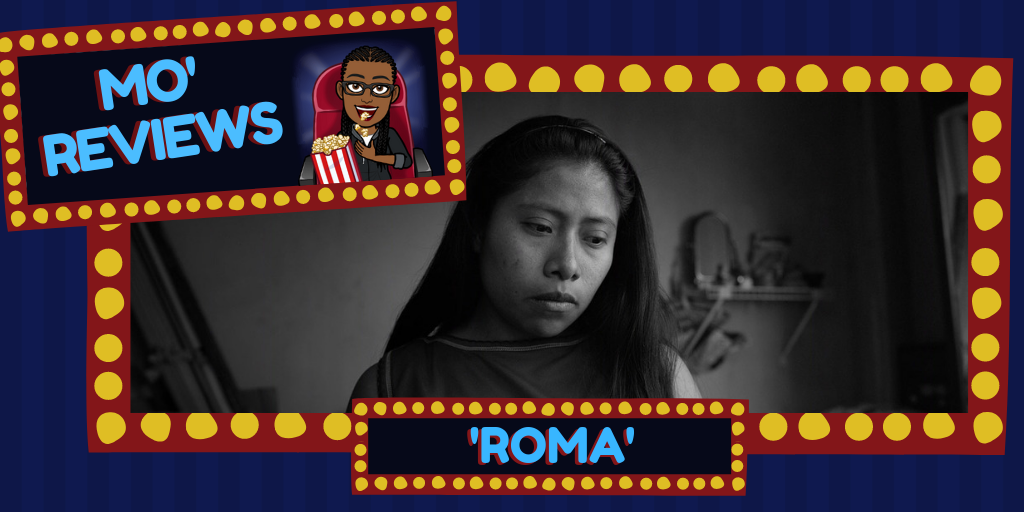Synopsis (Rotten Tomatoes):
The most personal project to date from Academy Award (R)-winning director and writer Alfonso Cuarón (Gravity, Children of Men, Y Tu Mama Tambien), ROMA follows Cleo (Yalitza Aparicio), a young domestic worker for a family in the middle-class neighborhood of Roma in Mexico City. Delivering an artful love letter to the women who raised him, Cuarón draws on his own childhood to create a vivid and emotional portrait of domestic strife and social hierarchy amidst political turmoil of the 1970s.
Starring: Starring: Yalitza Aparicio, Marina de Tavira, Diego Cortina Autrey, Carlos Peralta, Marco Graf, Daniela Demesa, Nancy García García, Verónica García, Andy Cortés, Fernando Grediaga, Jorge Antonio Guerrero, José Manuel Guerrero Mendoza, Latin Lover, Zarela Lizbeth Chinolla Arellano
Monique’s Review:
Alfonso Cuarón is a director I love and in a landscape full of films, his always feel like rare gems of brilliance. Of course, people know Cuarón for Y Tu Mama Tambien, but my favorite films of his are actually the ones he made for ’90s kids like me–A Little Princess and Harry Potter and the Prisoner of Azkaban. In both of those films, he showcased how much range he has as a director; he’s able to bring in magical surrealism in a gentle, dreamlike way, similar to how Hayao Miyazaki propels his audience to glide through his ingenious stories that make life’s ordinary events extraordinary.
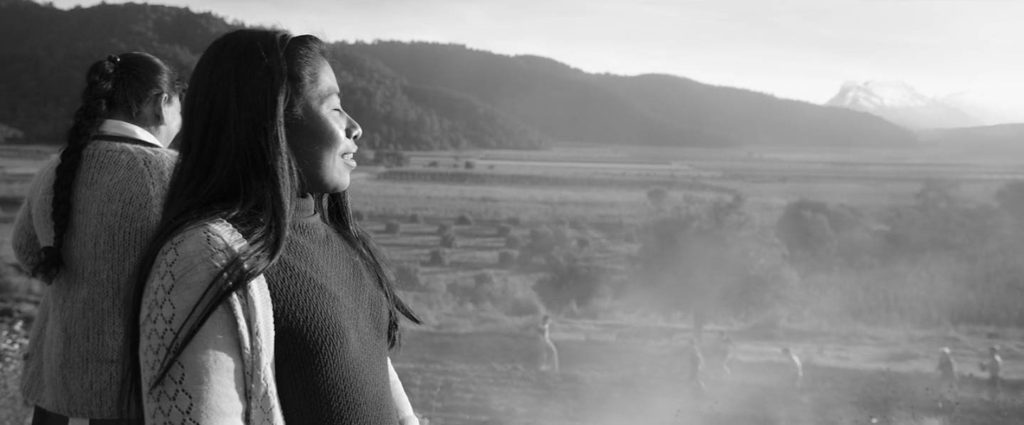
Cuarón’s penchant for magical realism, a large staple in Latinx-American literature and film, comes full force in Roma, a dedication to the indigenous Mixteca nanny who helped raise him. In real life, Cuarón’s nanny was named Libo. But in the film, she’s the influence for the main character, Cleo. As Remezcla’s Richard Villegas wrote, “Cleo is one of two Mixteca women working for a family living in Mexico City’s upper-middle-class Roma neighborhood, mirroring Cuarón’s upbringing and setting the story against the escalating political tensions leading to the 1971 Halconazo student massacre, as well as his parents’ crumbling marriage.”
The film is a porous look through Cuarón’s childhood memories as well as his imagination of what Libo’s life must have been like when she wasn’t working for his family. As for the former, we see instances of Cuarón’s childhood influences and hardships; there’s his parents’ divorce as well as his love for astronauts. At certain points, we see one of the children Cleo cares for, the children of her employer Senora Sofía (de Tavira), wearing an astronaut costume during a holiday celebration. In another scene, there’s an action-drama about astronauts playing in a theater. As of to contrast to Sofía’s well-to-do astronaut child, there’s boy in a poor slum Cleo visits. The boy has cut a window into a bucket, putting it on his head to pretend he’s an astronaut.
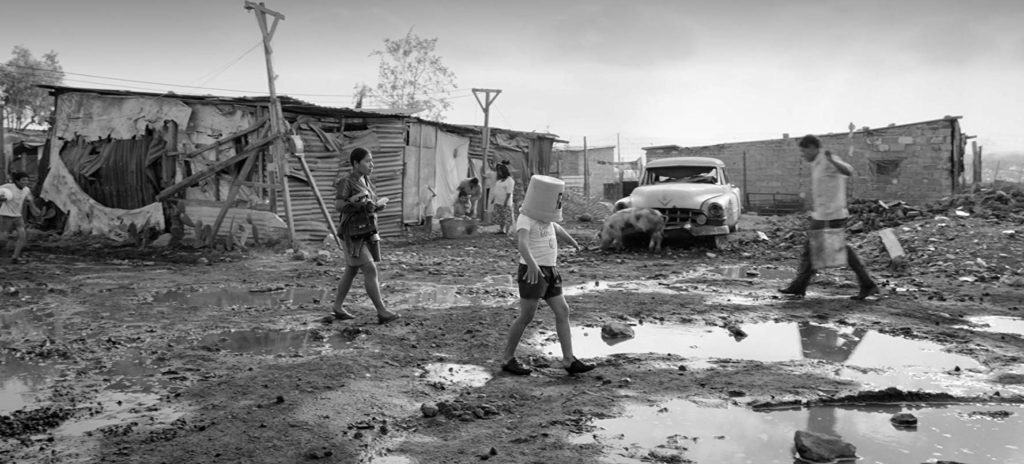
As for the latter, I feel like Roma is a perfect example of how a director can re-examine aspects of their life and people who influenced their life without turning everything into a stereotypical mess. One of the main themes of Roma is how race, culture and class conflate into a social structure that keeps the indigenous at the bottom and white Mexicans at the top, despite shared events and blurred relationships.
However, Cuarón was smart enough to never put the focus on how he or his family might have felt about Libo growing up. Instead, he keeps his focus (and therefore ours) on his fictional version of Libo, Cleo. The entire film sets us in her life. Her viewpoints, her experiences, her feelings are what’s most important for the film, not what’s going on with her employer’s family. In a way, the film skewers his upbringing. You can tell that Sofía and her family have love for Cleo, but they don’t know her. They only see her as the maid. Or, when it comes to the children, they see her as a plaything. It literally takes Cleo risking her life for the family to recognize that she’s human being.
On the flip side, the film praises Cleo as the wisest out of all of them. In one scene, the most the film veers towards a Napoleon Dynamite-type humor, we see her master a stance TV daredevil Profesor Zovek (Mexican professional wrestler Latin Lover) declares to be something only the most sage of martial arts masters have achieved. She manages it, yet no one notices amid their own failed attempts. Similarly, her humanity, which is shown in all its beauty throughout the film, is rarely noticed by others of the upper classes. To them, she’s a maid.
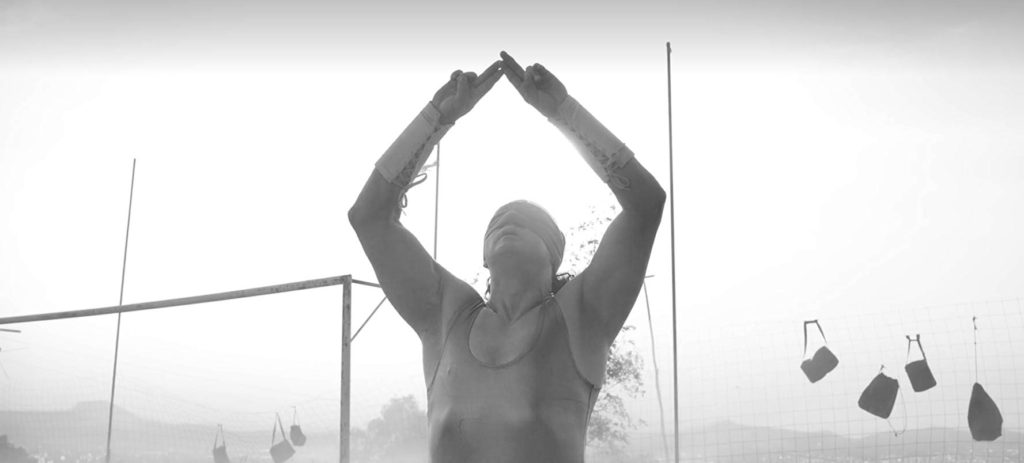
Throughout the film, one thought kept coming to me: Roma is what The Help tried to be. Hear me out: The Help, like Roma, was written with the intent of investigating the lives of domestic help. Like Cuarón, The Help author Kathryn Stockett wanted to honor the life of the maid who raised her. However, where The Help and Roma differ is in their point of focus. Roma never takes its gaze away from Cleo. We never get scenes that solely showcase Sofía and her drama with her husband, Señor Antonio (Grediaga). It’s always Cleo. We are always treated to Cleo’s introspective silences, her tiring daily routine, the random bits of verbal abuse she receives from Sofía, who occasionally uses her as a way to take out her anger regarding her marriage.
On the other hand, The Help is told entirely from the point of view of those on top. It might be Abileen (Viola Davis)’s story, but it’s Skeeter, the aspiring writer, who gets to tell it. It’s Skeeter (Emma Stone) we primarily follow as she learns about the plight of black domestic workers. We are always on the outside looking in instead of following Abileen and her viewpoint of being on the inside looking out.
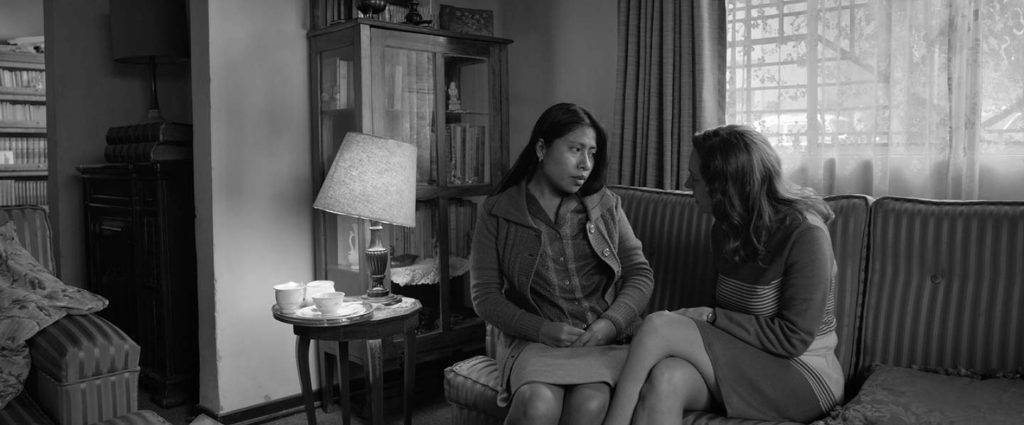
Similarly to The Help, Roma endeavors to show when social distinctions fall away in the face of danger or extreme circumstances. But whereas The Help deals in an elementary school level discussion of “We’re all the same after all!,” Roma makes more of a show of detailing how insignificant social and racial structures are when faced with the vastness and fragile aspects of humanity.
The biggest instance of this is when the student massacre breaks out. We find Cleo, Sofía’s mother Senora Teresa (García) and driver Ignacio (Cortés) are shopping for a crib in preparation for the birth of Cleo’s child. But then the shooting breaks out, causing everyone, regardless of class, to fly into a panic. The face of death does not care if you are born with money.
One of my favorite moments, though, is when a forest fire derails the holiday party. It’s intensely surreal as people, from above and below the social structure, scurry together to help put out the fire. Meanwhile, the child in the astronaut suit walks by near a man in a krampus costume (Kjartan Halvorsen), who trods through the scene as if he is a forest spirit.
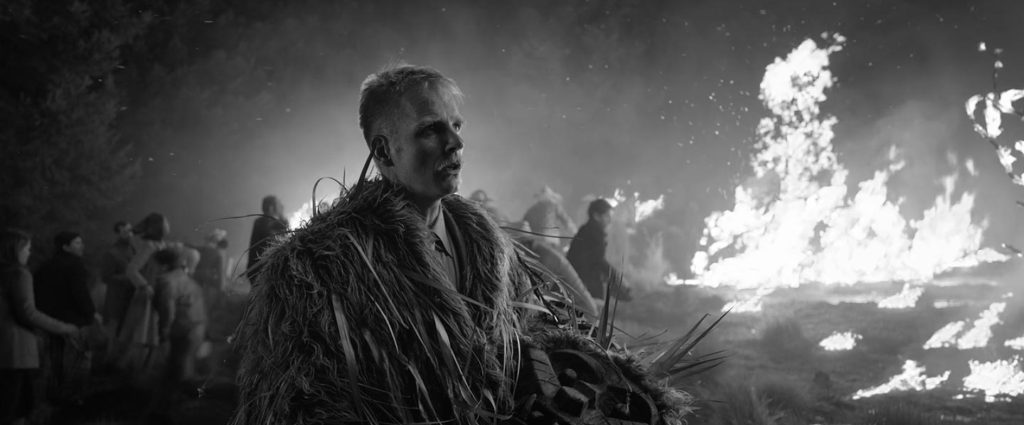
Some might call these last two paragraphs spoilers, so I’ll refrain from mentioning anymore. I only suggest that you watch Roma and be transported into a film that honors those who rarely get the spotlight.
I’d also suggest that you read these reviews Remezcla has compiled, written by Latinx writers. There’s a lot about the accuracy of 1970s Mexico City that the reviewers discuss in great detail, and there’s much more cultural discussion regarding the film that would help you glean the most you can from Cuarón’s latest (and maybe greatest) cinematic achievement.
Roma is streaming on Netflix.
